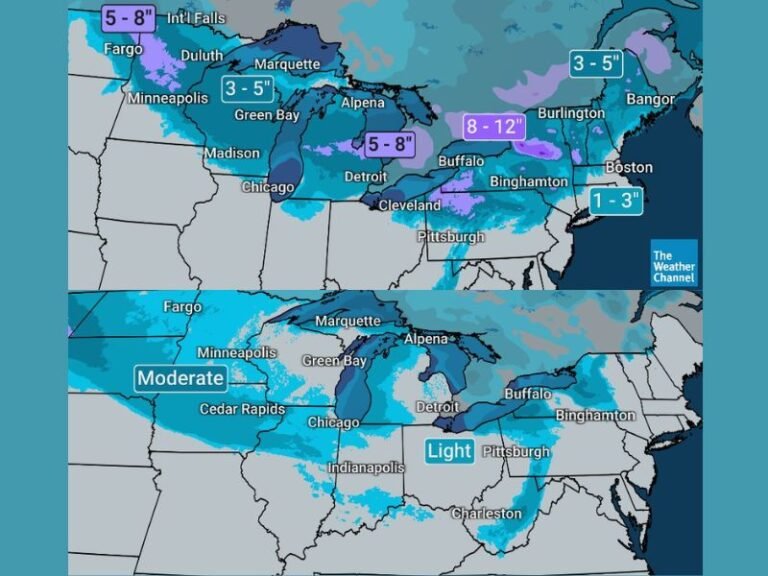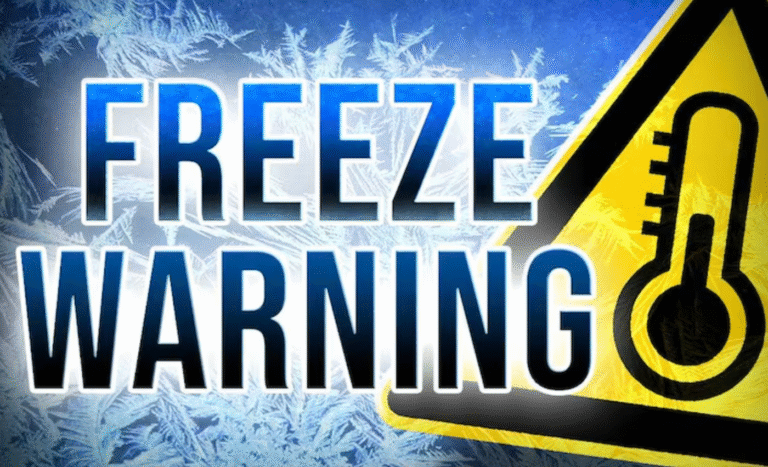Flash Flood Warning in Effect for Eastern North Carolina Through Wednesday Night
NORTH CAROLINA — A flash flood warning is in effect for several Eastern North Carolina counties after heavy rainfall swept through the region Wednesday evening, prompting urgent safety alerts from the National Weather Service.
Counties Under Warning
As of 6:54 p.m. Wednesday, the NWS office in Newport/Morehead City issued a flash flood warning for Duplin, Jones, Lenoir, and Onslow counties, effective through 10 p.m. The storm had already dumped between 2 and 4 inches of rain across the area, and 1.5 to 2.5 additional inches were forecasted before the warning expires.
Radar indicated thunderstorms producing heavy rain, with a projected rainfall rate of 1 to 2 inches per hour, creating dangerous flooding conditions.
Areas Impacted
The flash flood warning includes the following communities:
- Kinston
- Deep Run
- Comfort
- Pleasant Hill
- Pink Hill
- Sandy Bottom
- Hargetts Crossroads
The NWS stressed the immediate danger to life and property, especially near small creeks, urban areas, and low-lying roads.
“Turn around, don’t drown when encountering flooded roads. Most flood deaths occur in vehicles,” warned the agency.
Flood Safety Tips From NWS
To stay safe during ongoing or expected flooding, residents are urged to take the following precautions:
- Move to higher ground if you’re in a flood-prone or low-lying area.
- Evacuate immediately if instructed by local authorities.
- Avoid basements or areas with submerged electrical cords.
- Do not walk through floodwaters — 6 inches of moving water can knock over an adult.
- If trapped by rising water, get to the highest point possible and call 911.
Driving in Flood Conditions
Motorists should also remain cautious when navigating flooded zones. The NWS offered several driving tips:
- Turn on headlights, even during the day, to increase visibility.
- Stick to middle lanes and avoid puddles where water can cause hydroplaning.
- Stay clear of larger vehicles like buses and trucks, which can create heavy water spray.
- Never drive through standing water. As little as 12 inches of fast-moving water can sweep away most cars.
Understanding Hydroplaning
Hydroplaning occurs when a vehicle loses traction due to water buildup between the tires and the road. Key causes include:
- High speeds
- Deep water
- Worn tire treads
In case of hydroplaning, ease off the accelerator, turn into the skid, and brake gently (especially if the vehicle does not have anti-lock brakes).
Stay Safe and Stay Informed
The National Weather Service continues to monitor the situation closely. Residents are urged to remain alert and avoid travel in affected areas unless absolutely necessary.
If you’re in any of the counties under warning, check for real-time updates from local officials and emergency management.
Have you experienced flooding in your community this week? Share your stories, photos, or safety tips with us at SaludaStandard-Sentinel.com. Your input helps keep our readers informed and prepared.







